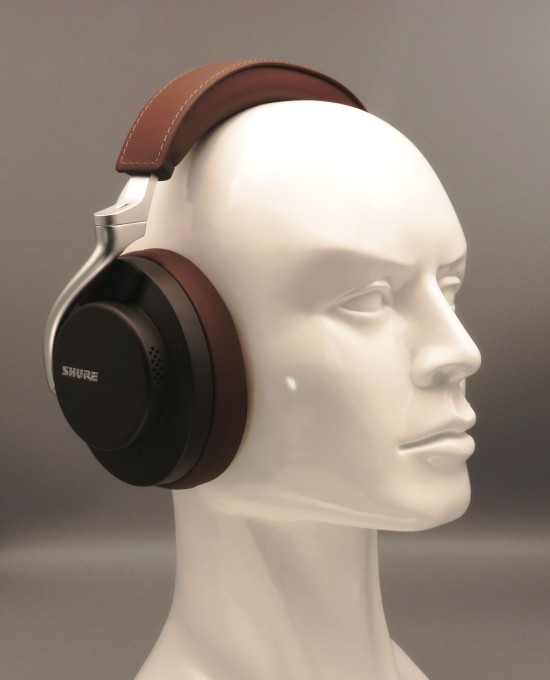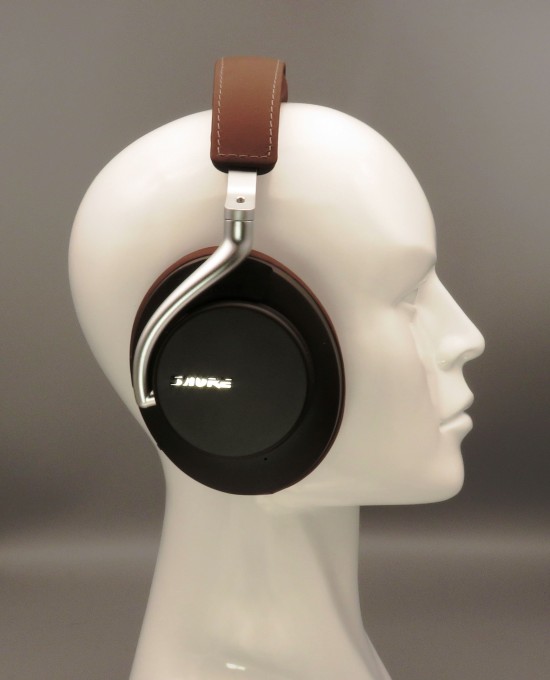Shure Aonic 50
Type: circumaural, closed-back, moving coil with ANC and Bluetooth
Test sample supplied by: Shure Incorporated
Test Results
Via its analogue input, in all modes, the test sample of this headphone was

Uncorrected Responses - Confidence Limits, Left - Confidence Limits, Right
Passive Mode
Uncorrected Responses - Confidence Limits, Left - Confidence Limits, Right
Active, ANC Off
Uncorrected Responses - Confidence Limits, Left - Confidence Limits, Right
Active, ANC Normal
Uncorrected Responses - Confidence Limits, Left - Confidence Limits, Right
Active, ANC Max
Corrected Responses
Passive - Active, ANC Off
Corrected Responses
Active, ANC Normal - Active, ANC Max
Leakage Responses, Left - Leakage Responses, Right
Passive Mode
Log Impulse Response, Left - Log Impulse Response, Right
Active, ANC Off
CSD Waterfall, Left - CSD Waterfall, Right
Passive Mode
Impedance - Impedance Attenuation
Passive Mode
Isolation, Left - Isolation, Right
Acoustical Crosstalk
Passive Mode
Commentary
All the testing was conducted using the Aonic 50's analogue input. Shure specifies this as a 3.5mm jack socket but it is actually 2.5mm. As the lead normally supplied was missing from the review sample, I substituted by own cabling, discovering in the process that a 2.5mm TRS jack plug does not work: a TRRS plug is required. I also discovered that, for reasons I can't even guess at, the Bluetooth control link is disabled as soon as a plug is inserted in the analogue input, Shure's Play app reporting that there is no device available to pair with. Control over the ANC, Environment and EQ settings is available in analogue input mode but the input jack must first be removed, to restore the Bluetooth link, before changes can be effected. No mention is made in the user guide of this bizarre behaviour. (Note: before running the tests I updated the headset with the last available firmware.)
More follows.


